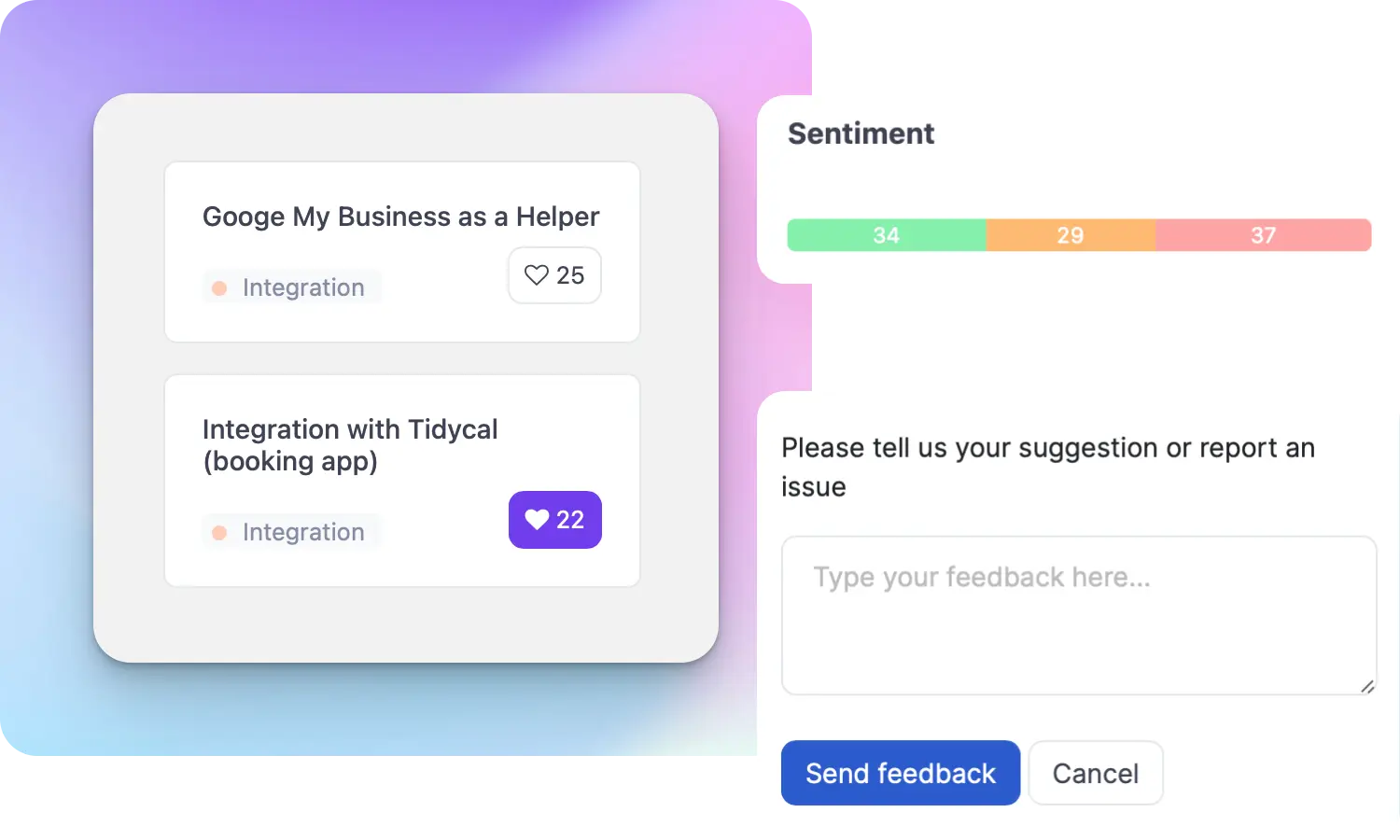What is a User Journey?

Ruben Buijs
The term User Journey refers to the complete sequence of interactions and experiences that a user goes through while using a product or service. It describes the path that a user takes from the initial contact with the product to achieving their desired goal. Understanding the user journey is essential for Saas product management as it helps in designing and optimizing the product to meet the needs and expectations of the users.
Examples
Let's take an example of a project management Saas product. A user journey may start with a user signing up for the product, exploring the features, creating a project, adding team members, assigning tasks, tracking progress, collaborating with teammates, and finally completing the project. Each of these interactions forms a part of the user journey, and it is crucial to ensure a seamless and satisfying experience at every step.
Importance
Understanding the user journey is vital for Saas product management as it provides valuable insights into user behavior, pain points, and areas for improvement. By mapping out the user journey, product managers can identify bottlenecks, friction points, or areas where users may drop off. This understanding allows them to optimize the product and make it more intuitive, user-friendly, and aligned with user expectations.
How to Use It
To leverage the concept of user journey effectively, follow these steps:
-
Research and Define User Personas: Start by identifying and understanding your target audience. Create user personas that represent different types of users who may interact with your product. This will help you tailor the user journey to meet their specific needs.
-
Map the User Journey: Visualize the entire user journey, from the first touchpoint to the final goal. Break it down into individual steps and interactions. Consider all possible paths and decision points a user may encounter. This mapping will give you a holistic view of the user experience.
-
Identify Pain Points: Analyze each step of the user journey to identify pain points, areas of confusion, or potential drop-offs. This could involve gathering user feedback, conducting usability tests, or analyzing user behavior data. Identify the moments where users may struggle or feel frustrated.
-
Optimize the Journey: Once pain points are identified, work on optimizing the user journey. Simplify complex processes, eliminate unnecessary steps, and provide clear instructions or guidance. Aim to create a seamless flow that guides users towards their desired outcome while minimizing frustration.
-
Continuously Monitor and Improve: The user journey is not a one-time task. Monitor user feedback, analyze data, and keep iterating to improve the user journey over time. Regularly reassess user needs and expectations to ensure your product remains aligned with their evolving requirements.
Useful Tips
- Don't assume the user journey; validate it through user research and feedback.
- Make sure the user journey is consistent across different devices and platforms.
- Personalize the user journey as much as possible to cater to individual needs.
- Use analytics tools to track user behavior and identify areas for improvement.
- Involve cross-functional teams, such as design, development, and marketing, in mapping and optimizing the user journey.
Related Terms
- Onboarding
- Customer Experience
- Conversion Funnel
- User Flow
- Persona
- Touchpoints
- User Testing
- Churn Rate
- Retention
- A/B Testing
